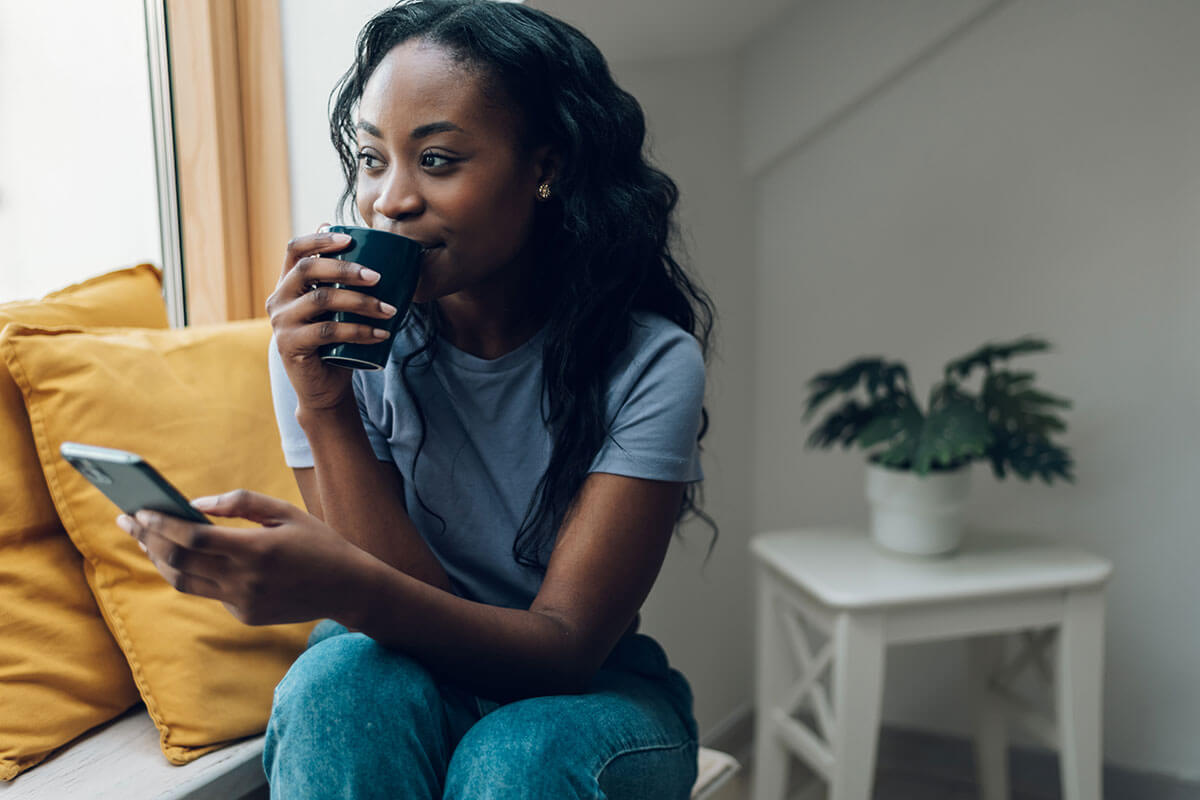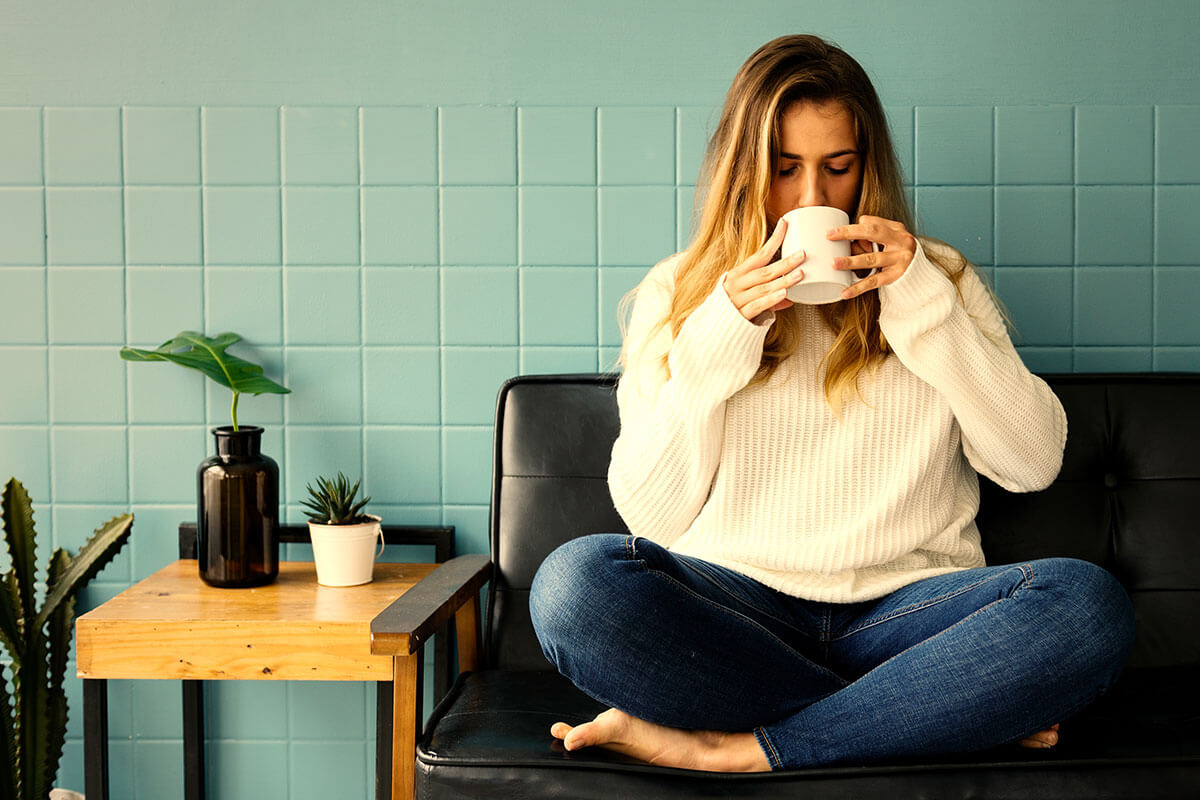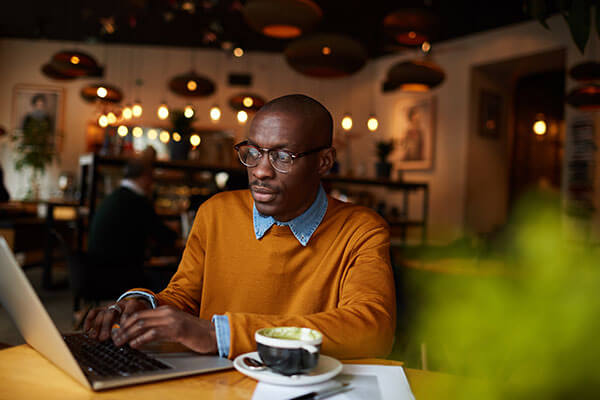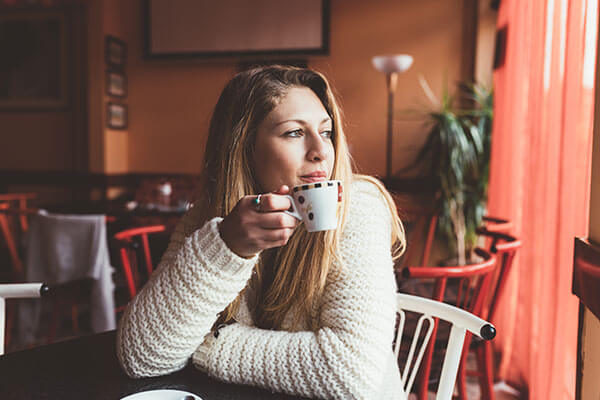Image WebP
The Webp Image tool let's you insert lightweight WebP images and graphics on your pages directly from your server. Add a shadow, link, roudned corners and whole lot more.
I feel the need, the need for speed.
The WebP Image format is fairly new in the grand scheme of things. This modern image format often achieves an average of 30% more compression than the standard JPEG format. This helps save bandwidth and load your images, and pages, far quicker.
The WebP Image tool also provides the option of including a fallback image for older browsers or platforms that don't support this newer image format.
Settings
The Image : Webp tool allows you the ability to self-host your fats loading, lightweight Webp images wherever you like and then provide your own URLs in the tool's controls pointing to those image files.
Edit Mode
Edit Mode Title
Allows you to add a custom label to the top title bar of the tool. This lets you quickly identify what purpose you're using that tool for in your layout. This title is also visible when you've collapsed or hidden the contents of the tool in Edit Mode.
General
Webp Image
This link control is where you'll provide the URL to the main, required image. You will need to host your Webp image file on your own server, using your FTP software to upload it. Of all of the four image link controls in the General section of the settings, this is the one that is absolutely required.
Webp Retina
With this link control you can optionally add a Retina Webp Image URL, in addition to the required normal Image above, for high DPI displays.
Fallback Image
This link control is where you'll provide a fallback JPG version of your Webp image. This JPG will be displayed if the browser or device does not support the Webp format. If you're going to use a fallback, of the two fallback images, this one is required. You will need to host your JPG image file on your own server, using your FTP software to upload it.
Fallback Retina
With this link control you can optionally add a Retina JPG Fallback Image URL, in addition to the required normal Fallback Image above, for high DPI displays.
A Retina image is an image that is created specifically for Retina display, or high DPI displays, such as those found on most Mac computers and iPhones. In Retina Displays, you get double the pixels in the same amount of space as you would with a traditional display.
ALT Tag
Provides you a way to add an ALT Tag to your image. The ALT tag is used in HTML to specify alternative text that is rendered when the element to which it is applied cannot be displayed. It is also used by screen reader software so that a person who is listening to the content of a webpage (for instance, a person who is blind) can interact with this element.
Add Accessibility Label
When enabled you can add an ARIA label for accessibility to your Webp Image.
Include Base Margin
When enabled a preset margin will be added to the base of the tool. Foundry allows you to configure the Base Margin preset to your liking within the Control Center. The Base Margin can be configured independently at each of the 6 responsive breakpoints.
Sizing
Mode
The Foundry Webp Image tool provides you several different ways to size your images. Below we look at each of them and how they affect your images.
- Responsive
-
This is the most common sizing mode. The image is left as-is and is not scaled up or set to a specific width. The image will be scaled down for smaller displays and devices though if the image would exceed the parent container or page width.
- Upscale to 100% width
-
The image is scaled to 100% of the width of the parent container, or page. This will allow the image to scale past its original size. The image will still be scaled down for smaller displays and devices though to match the parent container or page width. Behind the Responsive setting this is the next most popular setting.
- Custom Percentage
-
Choose a percentage based width for your image. The percentage width of the image is based upon the image's parent container's width or the width of the page itself if the image is not inside of a parent container. Th eimage will still be scaled down for smaller displays and devices though to match the parent container or page width.
- Max-Width
-
Set a maximum width for your image in Pixels (px). The image will never scale up beyond this size but the image will still be scaled down for smaller displays and devices though if the image would exceed the parent container or page width.
- Max-Width (Per Breakpoint)
-
Set a maximum width for your image in Pixels (px). You're given 6 different values to adjust, allowing you to set the maximum width at each of the responsive breakpoints. The image will never scale up beyond these sizes at each breakpoint. The image will still be scaled down for smaller displays and devices though if the image would exceed the parent container or page width.
Help Prevent Content Layout Shift
When enabled you'll be given a setting to tell the Webp Image tool what your image's original width and height are. Specifying specific dimensions for your image can help to avoid Content Layout Shift.
Alignment
Alignment (Uniform)
This setting allows you to align the Webp Image to the left, center or right of its parent container. In Uniform mode this alignment will be set the same for all 6 breakpoints.
Alignment (Non-Uniform)
Clicking on the small plus icon will give you the ability to adjust the alignment of the Webp Image independently at each of the 6 responsive breakpoints giving you more granular control.
Rounded Corners
Rounded Corners
Foundry provides 5 different presets for rounded corners. These can be found throughout Foundry's various tools. You're also able to remove the roundness of the corners by setting this to none, or provide your own custom value for the border radius, or rounded corners. When using Custom mode you can set a different value on each of the four corners.
Shadow
Shadow
Used to add a decorative shadow to this tool. Foundry provides a variety of preset shadow styles, as well as access to a user defined preset that you can configure in the Control Center. Additionally for one-off shadows there is also a custom shadow option where you can create a unique shadow style, setting its positioning, size, spread and color.
Border
Mode
Allows you to choose from 5 different preset border widths for easy styling. If you need something different you can choose the Custom option to set your of border thickness. By default the border is set to None.
Style
Allows you to use one of Foundry's presets from the color palette or extended color palette, as well as the grey, white and dark preset values for the Webp Image's border. You're also provided an option to choose a custom one-off color as well.
Link
Add Link to Image
Enabling this feature lets you add a link to your image. If you want to use the Image to trigger a Modal you'll also need to make sure this feature is enabled.
Link
Allows you to provide a link to a URL, whether it be an internal page or an external link. When using an image to trigger a Foundry Modal be sure to leave the link blank.
Use Link to Trigger Modal
This feature allows us to use this tool to trigger the opening of the Foundry Modal. This allows us to decouple the Modal from its trigger, which in this case is an image, which gives us much greater control over our page's design and layout.
Unique Modal ID
The Unique Modal ID you enter here should match the Unique ID you've setup in the Modal tool's settings. This allows the Image to know which Modal to terigger when your visitor clicks it. This ID links the two page elements together.
Lazy Load
Lazy Load Image
Lazy loading images as the visitor scrolls down the page can improve page load times when you must use large images on your page. The feature uses HTML's native lazy loading property. This is supported by most modern web browsers.
Tooltips & Popovers
Type
Here we can choose between having a simple Tooltip or a more advanced Popover added to the image. These elements appear when the visitor hovers over the image. By default we have the Type set to None, which turns off this feature.
Be sure that you've enabled Tooltips and Popovers in the Control Center's "Additional Elements" section. Doing this loads the appropriate javascript for these items. Not loading this javascript by default saves us from loading code on the page that we may not need.
Protect
Protect Against
While there's no 100% sure fire way to protect your's sites images from being downloaded, we do offer a couple of options that help dissuade visitors from doing so. You can choose to protect each individual image from being drag-and-dropped from the page onto the visitor's computer as well as prevent the visitor from being able to right-click on an image to save it.
HTML Comment
HTML Comment
Enabling this feature adds an HTML comment to the exported code to indicate the name of the tool being used here. This is helpful to both yourself and others when troubleshooting, or inspecting the code. This is enabled by default.
Custom
This field allows you to replace the default HTML Comment with your own text.
CSS
Classes
Allows you to specify an options class, or classes, that will be added to this tool's wrapper. You can use this to apply custom styling from the Blacksmith tool, or add a Bootstrap v5 preset class to your item. If you're applying more than one class be sure that you separate each class name with a space. Do not use special characters.




